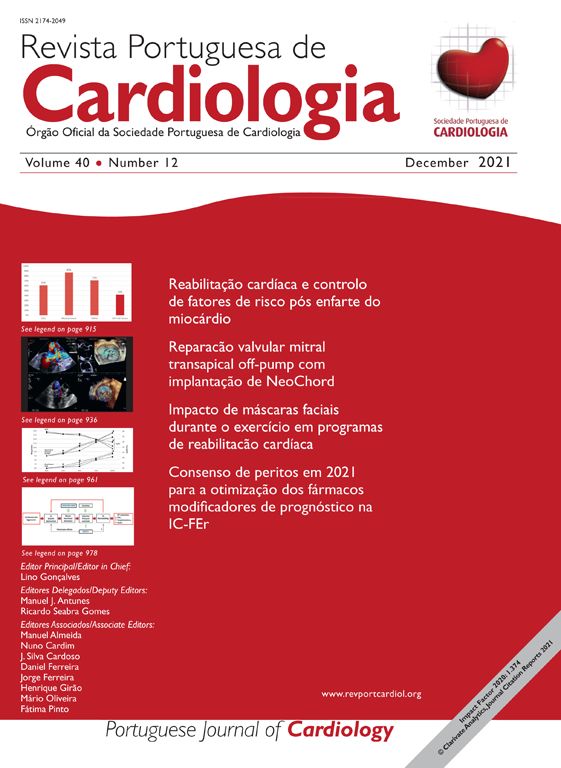Prompt access to reperfusion therapy and the increasing number of treatment options for heart failure (HF) patients have led to decreased HF hospitalizations and improved survival. Nonetheless, incident ventricular arrhythmias (VAs) remain a significant issue where medical therapy is lacking, leading to an expanding population of implantable cardioverter-defibrillator recipients who may experience recurrent VAs. In such cases, ablation of ventricular tachycardia (VT) is effective in suppressing the underlying arrhythmogenic substrate.
Initial high rates of adverse outcomes and treatment failure have been surpassed with technological advances,1 a better understanding of VA mechanisms,2 and improved imaging tools, leading to an increasing number of patients undergoing scar-related VT ablation. However, some open questions remain about the end clinical impact of this complex procedure.
In this setting, a fundamental distinction must be made between ischemic heart disease (IHD) and non-ischemic cardiomyopathy (NICM). In IHD, a well-defined index event leads to the formation of an endocardial scar, where strands of surviving myocardium may contribute to reentrant circuits, making it particularly amenable to endocardial ablation. In contrast, NICM is a heterogeneous group of conditions with distinct pathophysiological pathways and specific tropism for different areas of the heart. As such, a diseased myocardium and scar-related arrhythmias may develop along the full natural course of the disease in any region of the heart, including intra-mural or epicardial locations.
In the current issue of the Journal, Gomes et al.3 report on a single-center experience and outcomes of VT ablation in ischemic and non-ischemic patients compared with a propensity-matched cohort. While the use of propensity matching for two distinct disease processes is open to debate, the article touches on some important clinical messages. Firstly, the complication rate was low at 7.0%, which is reassuring data when considering patients for such a complex procedure. Secondly, long-term recurrence rates are sobering: four years after ablation, one in every two patients will have had a new VT episode. Thirdly, and most significantly, NICM patients had a significantly higher incidence of VT recurrence than IHD patients, both in short and long-term follow-up.
While randomized clinical trial data show improvement in VA burden and potentially improved prognosis for IHD patients, similar data are lacking for NICM patients. Higher early recurrence rates after VT ablation in NICM patients have been previously attributed to a lack of effectiveness, which can be linked to inaccessible substrate or lack of efficacy of current ablation tools. However, the survival curves for VT clearly keep diverging after 12 months, as a consequence of an ongoing disease process which begets the development of additional arhythmic substrate. As such, some degree of VT recurrence in NICM seems unavoidable despite future improvements in ablation outcomes. Ongoing research into gene therapy may soon bring about treatments able to address the underlying genetic disorder and impact on the natural history of the disease. Until such a time arrives, we will be faced with many of these patients inevitably returning to the emergency department and electrophysiology lab after a successful ablation, making us roll the rock all the way back up the hill again.
Conflicts of interest“The authors have no conflicts of interest to declare”.





